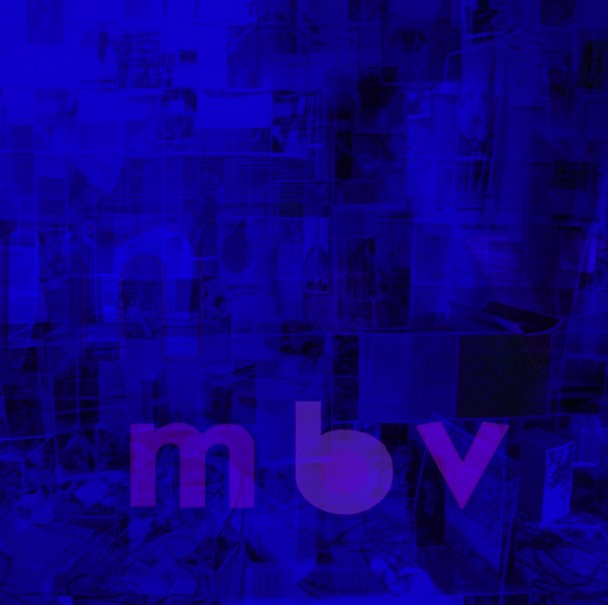In many ways, Alderman characterizes her two roles as symbiotic. The Graham Foundation, with its cultivated cultural programming and global reach, requires that Alderman maintain an awareness of broader international trends in art and design. She draws on this knowledge in preparation of her own events and exhibitions.
The obvious division between for-profit and non-profit arts organizations rests on the treatment of capital, but Alderman’s decision to open her own gallery had little to do with making money (for herself at least). Since devoting herself to a career in the arts, she made it her goal to start a project of her own — envisioning herself as head of a non-profit organization focused on local and emerging artists. When she eventually set out on her independent venture, she slowly realized that the non-profit route wasn’t the most advantageous.
“Speaking to other artists, I learned that the best way to help emerging talent is to support the artists directly,” she explains. “Artists, especially younger ones, need money to keep working. In a gallery setting, I could help further an understanding of the artists work and still write them a check. I felt this model allowed me to a play a more supportive role. I always joke that the gallery is commercial but non-profit-y,” she says. In reality, her assertion offers a fairly precise definition of the gallery and its operations. The emphasis placed on inclusive, educational events sets the gallery apart from its for-profit counterparts.”
Alderman’s insistence on public programming reiterates the parallels between her two careers. The Graham Foundation is renowned for its theoretical and often experimental public programming. The Institution’s consistent schedule of lectures and rotating roster of exhibitions often overshadow its fundamental but less public mission as a grant writing institution.
Although incredibly time consuming, Alderman is committed to the gallery’s programming and finds the impact of the events most rewarding. “Artist Readings” like Knezevic’s are Alderman’s favorite events. She argues that the readings are not only beneficial to the viewer, but serve as a form of critique for the artist as well.
“Often when people describe a work of art they say, ‘This looks like this,” or ‘This reminds me of this.’ When people have text to discuss in relation to the work, they are able to move beyond simple visual references,” she explains. This broadened dialogue allows the artist to gain new perspectives on their work and theories. “For the artists, the discussion is like an oblique angle, allowing them to indirectly bounce around new ideas about their work.”
Such multi-sensory programming at Alderman Exhibitions has reaped unforeseen benefits. In this time when the most savvy of entrepreneurs have tossed out their playbooks, Ellen has embraced a winning marketing strategy — a method to focus and perhaps assuage today’s information-bombarded, often harried patron. Piquing multiple modalities to connect and then reconnect the artist and viewer in a single experience leads to deeper appreciation and better yet sales. A practice of tacitly leveraging the correlation between time spent with an artist’s work and purchase distinguishes Alderman’s vocation. Both commercial and “non-profit-y,” Alderman Exhibitions exercises a model where everyone wins — artist, patron and gallery alike.







